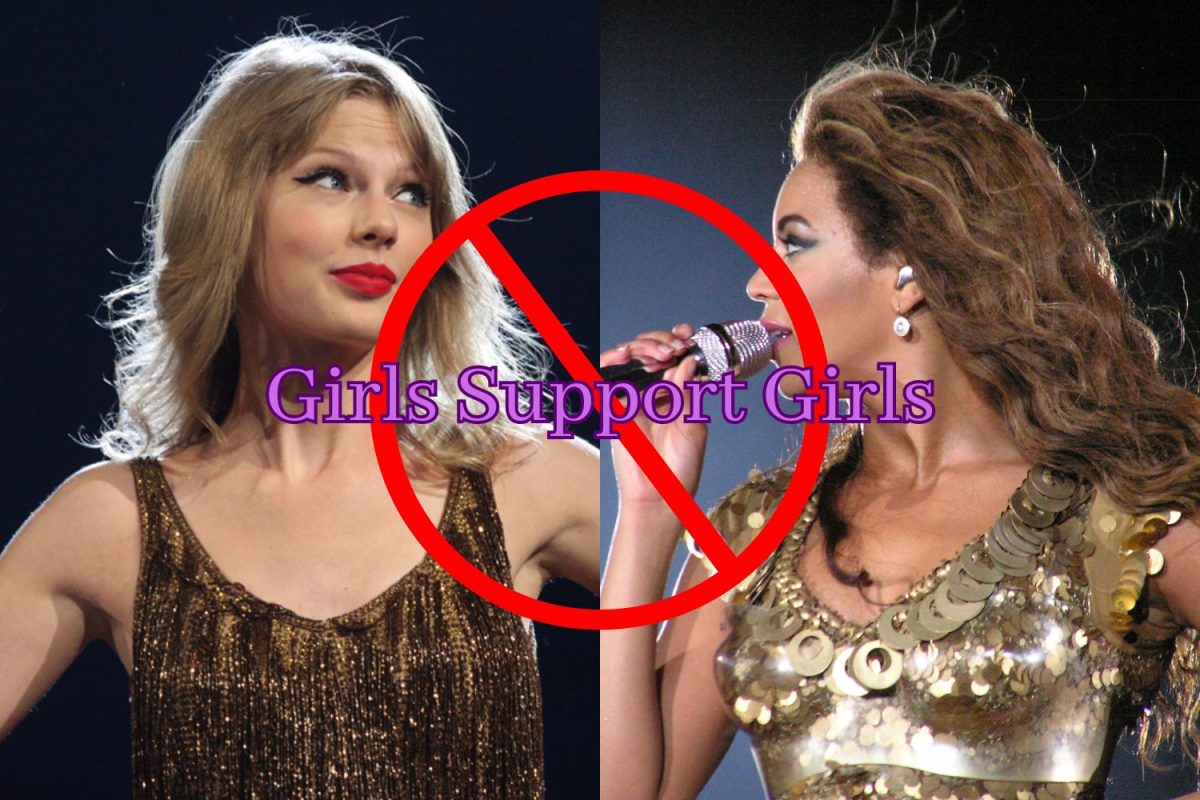In the summer of 2019, I solely wore baggy t-shirts and short denim shorts, fitting into the trends that were popular on TikTok. In 2020, I wore patchwork jeans, then biker shorts in 2021, followed by cowboy boots in 2022. I regularly transformed my closet into a new aesthetic depending on whatever style was briefly trending. It wasn’t until I cleaned out my closet, finding years’ worth of clothing used solely within a short span of time, that I realized how wasteful my constant switches in style had been.
Social media promotes clothing trends by exposing millions of users to new clothing styles. The more people adopt these trends, the higher the demand for the clothing items becomes.
Fashion trends go through cycles, generating profit for the influencers who promote them and the companies that produce them. Thus, affiliate marketing – when brands encourage individual influencers to advertise their product in exchange for a portion of its profit – draws social media users to feed into harmful fast fashion trends.
When trends become unpopular, clothing associated with them is often thrown away and ends up in landfills. These quickened trend cycles have detrimental impacts on our environment and can only be solved by more sustainable fashion consumption.
Fast fashion, the quick manufacturing and selling of cheap clothing, is a result of the high demand for clothes that conform to ever-changing trends. Creating clothes so quickly at such a low price requires a process that is extremely detrimental to the environment, which is the main reason fast fashion is such a major problem today.
According to the United Nations, fast fashion is responsible for 10% of global carbon emissions, and this number will continue to rise by 0.7% every year over the next four years. The production of fast fashion clothes starts in garment factories, most of which use over 40 gallons of water per hour, according to France 24.
Between the impacts it has on biodiversity such as poisoning animals with wastage and contaminating the atmosphere, to its contributions to climate change, fast fashion is extremely harmful to the planet.
In fact, according to WRAP, buying just one white cotton shirt produces the same amount of emissions as driving 35 miles in a car. And, it can take up to hundreds of years for some of the fabrics used in such garments to decompose once they are in landfills, according to Boston University.
The effect of social media on consumerism is evident in the many different yet coexisting styles of today. While fashion trends from the ’70s and ’80s can be characterized by shoulder pads, leg warmers and flared jeans, no specific trend stands out nowadays because social media rapidly changes what is considered stylish.
Moreover, fashion trends have become less recognizable and distinct as a result of the rise in social media usage.
In order to reduce fast fashion’s destructive effect on our environment, consumers must resist the influence of social media when shopping.
First, we must reduce the number of trend promoting content we post online. In doing this, we can counteract the influence of social media on fashion. While it will not end clothing waste, slowing the cycle of fashion trends is a crucial step in reducing global carbon emissions.
Additionally, I urge people to find their own personal style and clothing they intrinsically find fashionable. Furthermore, to encourage the development of unique styles, we must be more accepting of clothing that is different from our preferences and trends.
Establishing stability within the fashion industry will form a sustainable “trend” around wearing personal styles as opposed to viral trends while preserving the sense of belonging one receives from wearing similar clothing to those around them.
We must start to purchase clothes sustainably, whether this is through buying clothes from charity shops or using old materials to make new clothes. A significant issue of fast fashion is its effect on the environment, thus, sustainable clothing is a logical switch to prevent unsustainable practices in the clothing industry.
Sustainable clothing is produced in ways that cause the least amount of environmental damage possible. For example, as opposed to using harmful materials like polyester, sustainable clothes use alternatives that contribute less to climate change.
Overall, although social media contributes to the spread of fast fashion through trend advertisement, we have the power to reduce textile waste, creating a more sustainable environment and minimizing the damage that humans do to the planet.











